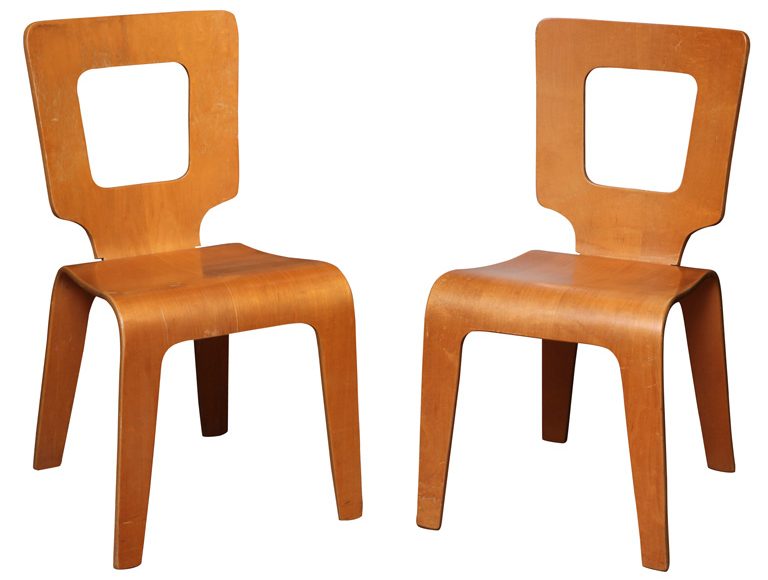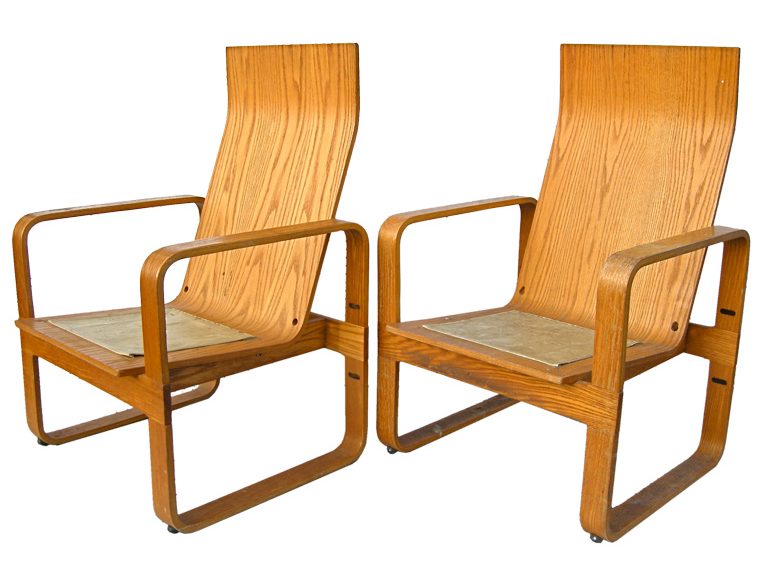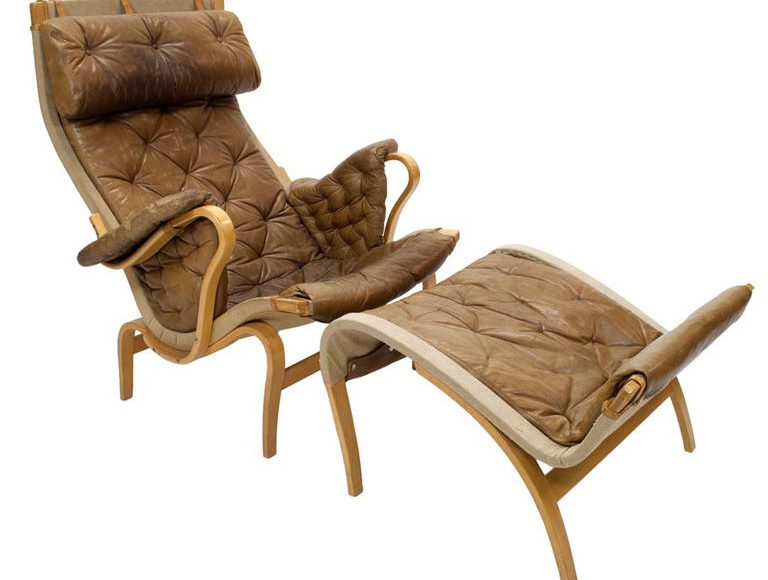Until the mid 19th century the bentwood chair was held to the rustic constructions that were just as likely to be uncomfortable for seating as much as they were to give you a splinter. Thanks to the trials and tribulations of German-Austrian Michael Thonet (1796-1871) we now have several additions who have made their impact on the modern household, as well, some have become design icons.
Michael Thonet was an independent cabinet maker who tried for several years to concoct a way to produce chairs and other furnishings out of glued and bent wooden slats. Displaying some of these new designs at the Koblenz trade fair in 1841 he caught the attention of Vienna’s Prince Klemens Wenzel von Metternich who invited him to join the Viennese court where he had the resources to improve and produce his many designs. A succession of world trade fair medals and successes allowed him to open his own factory Gebrüder Thonet. It was here that he (and later his sons) were able not only to improve the quality of the bentwood chair but also to innovate upon its design.
Throughout all of this, perhaps the most important innovations were the use of laminated pieces of birch plywood and the improvements made in bending pieces of wood with steam. His iconic and simple Chair Number 14 had production numbers of over 50 million making Thonet one of the largest furniture manufacturers in the world. Soon, the company began producing pieces for designers and architects in both bentwood and tubular steel – always keeping up with the design aesthetic of the time. Thonet produced everything from bentwood and cane settees for the Victorian age to the chrome and black leather productions coming from the Bauhaus School. The company is still around today producing mostly contract an commercial pieces for business and public interiors.
20th Century Bentwood Chair Innovators
Charles and Ray Eames picked up on the work in bent plywood products where Thonet started to loose market power. Many people don’t realize that the Eames duo got their start as furniture innovators with their DCM lounges from a government commission to make bentwood leg splints and gurneys for soldiers in the war. It was this understanding of steamed and multilayered plywood veneers that lead to the evolution of this once seemingly rigid material into a strong, yet sensual and warm material with which to work. And that was just in the United States. European (specifically Scandinavian designers) were producing mind-boggling pieces that the markets snapped up as quickly as they could be manufactured.
Other famous architects and designers making masterful chairs out of bentwood: Alvar Aalto, Marcel Breuer, Joe Colombo, Bruno Matthson, Eero Saarinen and Hans Pieck (to name a few). Today’s designers know only the limits of their imaginations. They do need to keep in mind structural integrity and how the material will withstand use over time. Keep your eyes peeled for contemporary editions to the bentwood chair by such names as Grete Jalk, Ron Arad and Frank Gehry.










